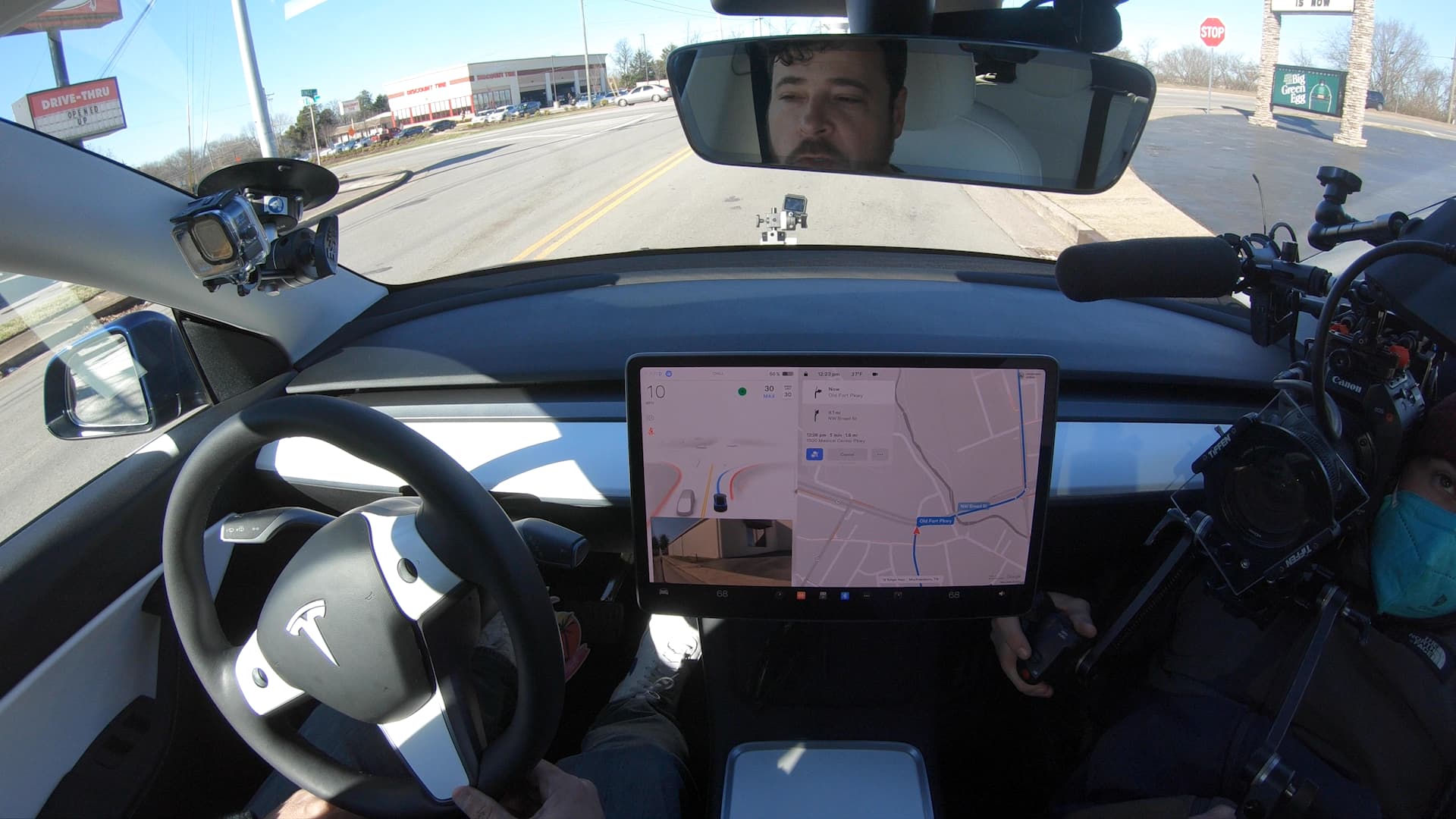For a decade, Elon Musk has championed the idea that one day Tesla cars will drive themselves as robotaxis. Next week, the company will unveil the design of its autonomous cabs.
Despite years of bold predictions and missed deadlines, fans of the company are holding out hope that Musk will finally deliver at an Oct. 10 event. Regardless of what the company showcases at its robotaxi day, experts are skeptical of the company’s strategy, citing its Auotpilot and FSD technology as a barometer for Tesla’s progress, or lack thereof.
In the decade that Musk has promised driverless vehicles, competitors have made them.
Alphabet-owned Waymo already operates a commercial robotaxi service in several U.S. cities, surpassing 100,000 paid rides per week as of August. Amazon-owned Zoox began testing rides for employees in February 2023 with ambitions to launch its own robotaxi service. In China, Pony.ai and Baidu are running commercial robotaxi services too.
The market could be lucrative. In one bullish estimate, Raymond James predicts $50 billion in annual robotaxi bookings by 2030.
With U.S. EV sales growth slowing, there’s a lot riding on Tesla’s potential pivot to autonomy.
Watch the video to see the road Tesla has taken to realizing its robotaxi ambitions.
